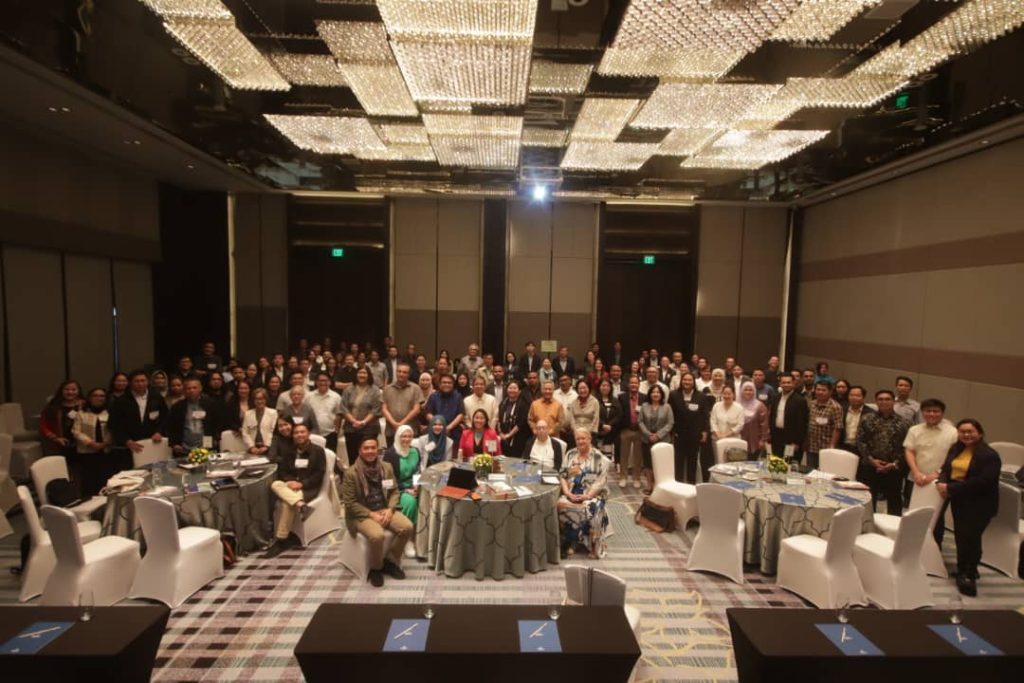Manila, Philippines 20-22 May, 2025, International Workshop on Quality Designation of World Heritage Sites in Southeast Asia as a continuation of the Training Program on “Updating the Tentative List and Harmonization for Southeast Asia held last year on 27-30 August 2024 This workshop took place with the participation of international experts in the field of cultural and natural heritage who have experience in the nomination of cultural and natural properties to the UNESCO World Heritage List, and at the same time also received participation from the World Heritage Adviso, such as ICOMOS (International Council on Monuments and Sites).

In addition to experts and members of advisory bodies, the workshop was attended by representatives of countries in the Southeast Asian region, including Timor-Leste, one of the Timor-Leste National Commission for UNESCO.
The workshop was held for three days with the following activities:
1. The first day of the workshop took place in the city of Intramuros. Intramuros is a historic walled city in Manila, Philippines. Founded in 1571 during Spanish colonial rule, it became the political, military, and religious center of the Spanish East Indies. The name “Intramuros” means “within the walls,” referring to its fortified structure designed to protect against invasions. On the first day, experts reviewed the basic concept of world heritage and shared some experiences and case studies related to the protection and administration of cultural sites nominated for the UNESCO World Heritage List.
2. The second day’s workshop took place in the conference room of the Hilton Manila Hotel. On this day, participants were encouraged by leaders for the protection of world heritage, followed by a session called Clinic Consultation, where representatives from each country in the Southeast Asian region presented their site with Outstanding Universal Value potential to experts after receiving suggestions and recommendations from the experts. In addition, World Heritage Site administrators from the Philippines, Malaysia, and Thailand shared their experiences on the problems, challenges, and mechanisms they have taken to manage sites in their countries that have been registered on the World Heritage List.
3. On the third day, participants, together with international experts, made an excursion to the city of colonial buildings in the Intramuros to visit places such as Santiago Fortress (a 16th-century citadel that played a key role in Philippine history), San Agustin Church (a UNESCO World Heritage Site and the oldest stone church in the Philippines), and Manila Cathedral (a grand Neo-Romanesque church that has witnessed centuries of history). Casa Manila—A museum depicting Philippine life during the colonial era. After the excursion, the participants returned to the Church of San Agustin, where representatives from each country made a presentation about the site they proposed, the experts’ suggestions about the site, and what they plan to do next to nominate the site to the UNESCO World Heritage Site and List. UNESCO.
The representative of Timor-Leste managed to present the historical sites of Timor-Leste well and received very important suggestions from experts and recommendations for the world heritage sites that Timor-Leste has and how Timor-Leste can bring the cultural and natural properties of Timor-Leste to the UNESCO World Heritage List. It is a wonderful opportunity, full of learning, but there are also challenges that Timor-Leste needs to face and overcome in order to bring Timor-Leste’s cultural and natural heritage to the UNESCO World Heritage List. The nomination of a cultural or natural property of a country to the UNESCO World Heritage List is not easy but requires the government’s own will andeation of good cooperation with the community, civil society, and academics in order to be successful in nominating a cultural site from Timor-Leste to UNESCO.
